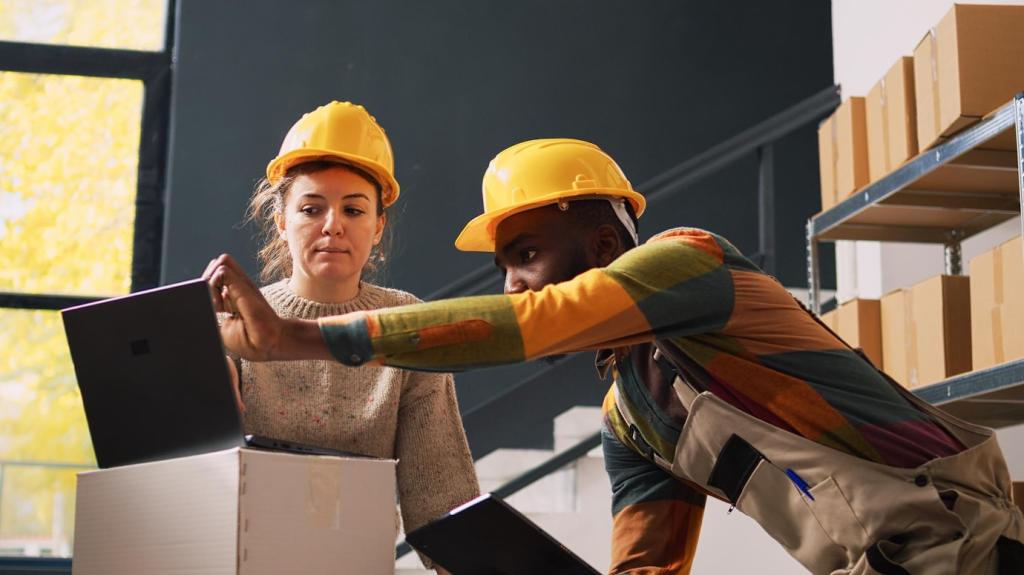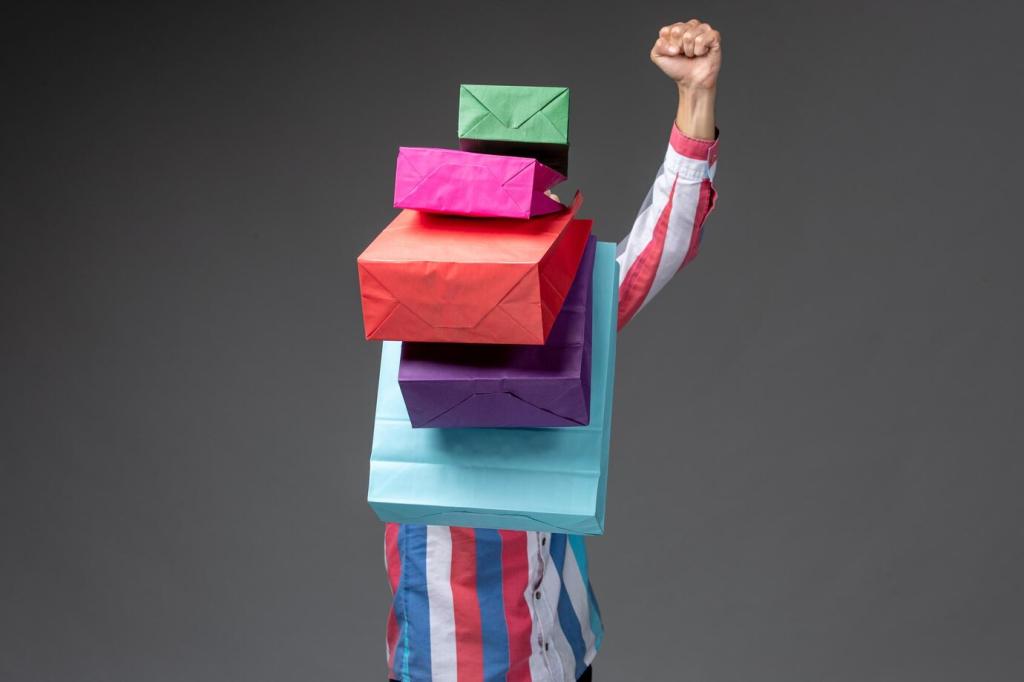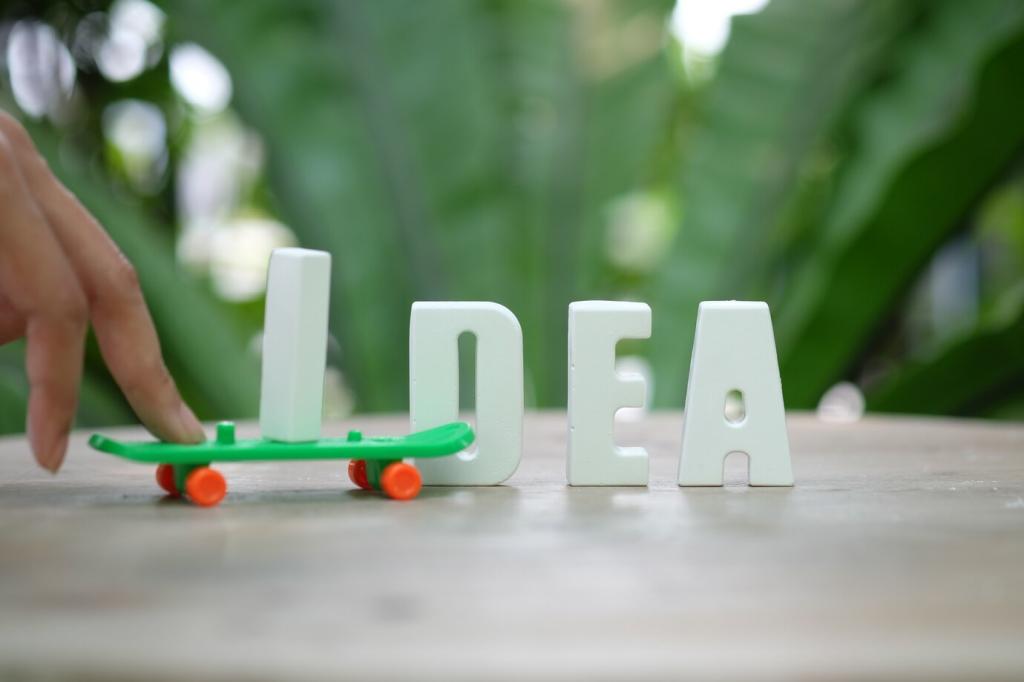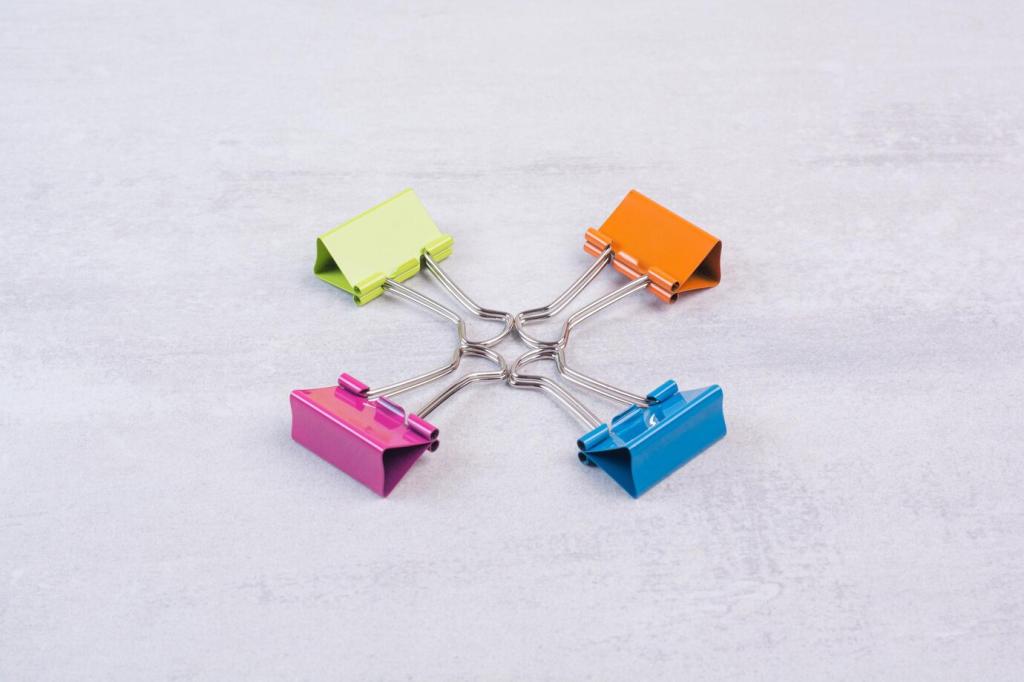Evidence and Insights: What Research Says
In a study with adults creating for forty-five minutes, many showed notable reductions in cortisol, a stress hormone, regardless of prior art experience. The takeaway is empowering: your skill level matters far less than showing up. What small window could you protect for making this week?
Evidence and Insights: What Research Says
Programs using trauma-informed art therapy emphasize safety, choice, and pacing. Gentle sensory materials help ground the body, while symbolic imagery offers distance from overwhelming memories. Though results vary, participants often report improved self-regulation. If you are curious, consult qualified professionals and share questions you want addressed here.
Evidence and Insights: What Research Says
Clinical environments with nature art, murals, and patient-made displays have been associated with lower anxiety and improved satisfaction. Art stations in waiting rooms offer distraction and control during stressful moments. Have you seen a healing art space? Describe it, and help us map places that soothe.
Evidence and Insights: What Research Says
Lorem ipsum dolor sit amet, consectetur adipiscing elit. Ut elit tellus, luctus nec ullamcorper mattis, pulvinar dapibus leo.




